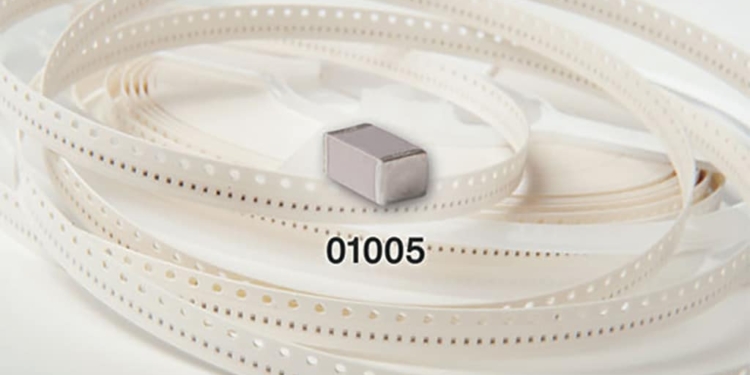Source: Passive Plus Inc. news
PPI has the 01005BB Broadband 100nF Ceramic Capacitors. The 01005BB104 – the industry’s smallest 100nF broadband part characterized for RF performance — has a case measuring (mils) 16 x 8 x 8, and offers resonant-free RF coupling/DC blocking from 16 kHz (lower 3-dB frequency) to beyond 65 GHz with < 1 dB insertion loss and < -15 dB return loss on suitable substrates. The 01005BB104 is rated at a DC working voltage (WVDC) of 4.0 and is available in a nickel-tin termination.
The 01005BB104 has global RF models available (with 90-day free trials) from Modelithics Inc. that enable accurate CAD simulation on various substrates, with a range of mounting pad dimensions. All lots are tested at RF frequencies to insure performance consistency.
Passive Plus offers a wide variety of High-Q, Broadband, and general purpose Multi-Layer Ceramic Capacitors for commercial and military applications.
With over 30 years in the RF/Microwave industry, Passive Plus, Inc. manufactures high quality, high power passive components using state-of-the-art manufacturing techniques. Specializing in Magnetic & Non-Magnetic HI-Q Capacitors product lines, PPI supplies reliable quality components to the aerospace, telecommunications, medical, semiconductor equipment and military industries.































